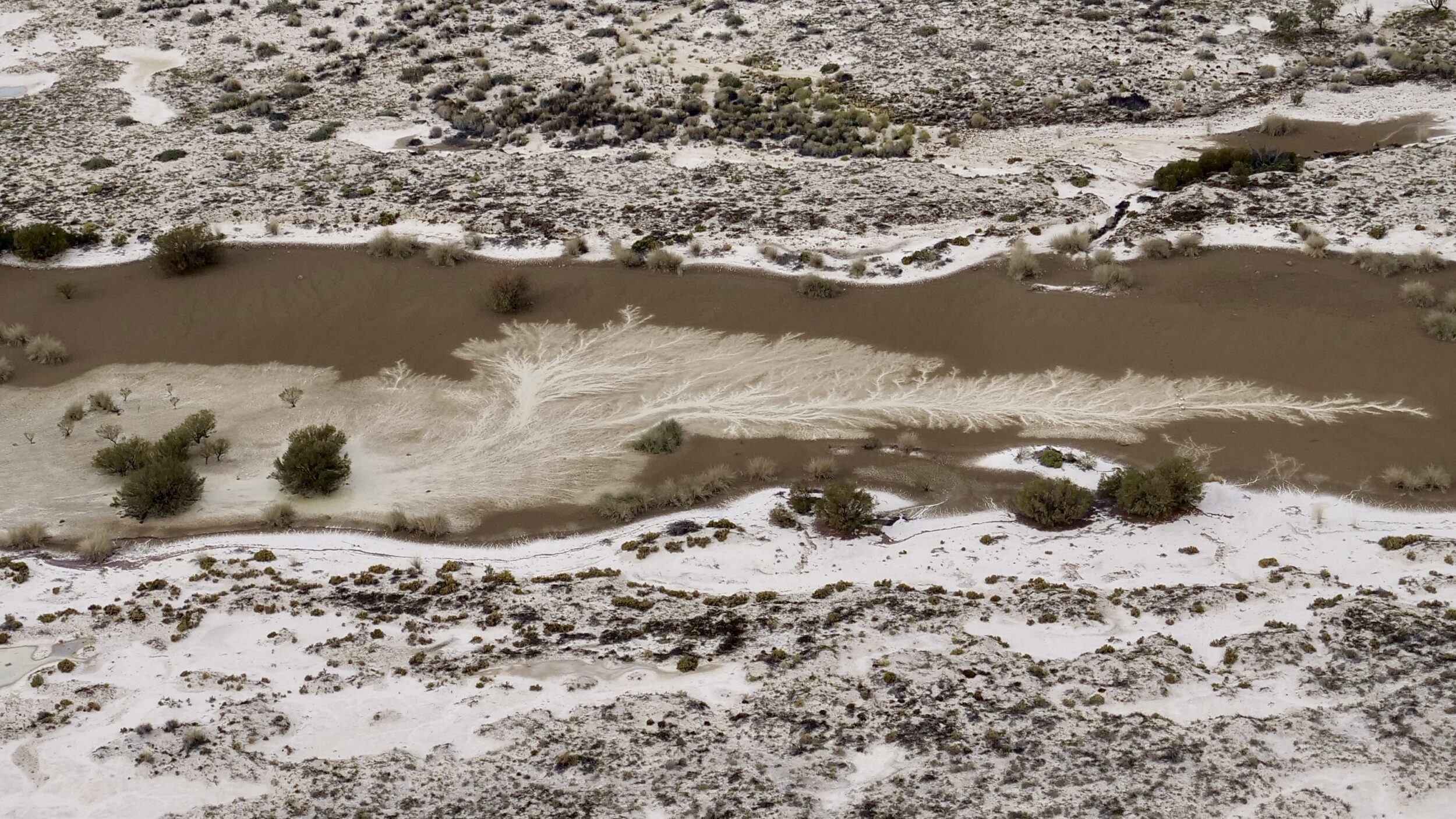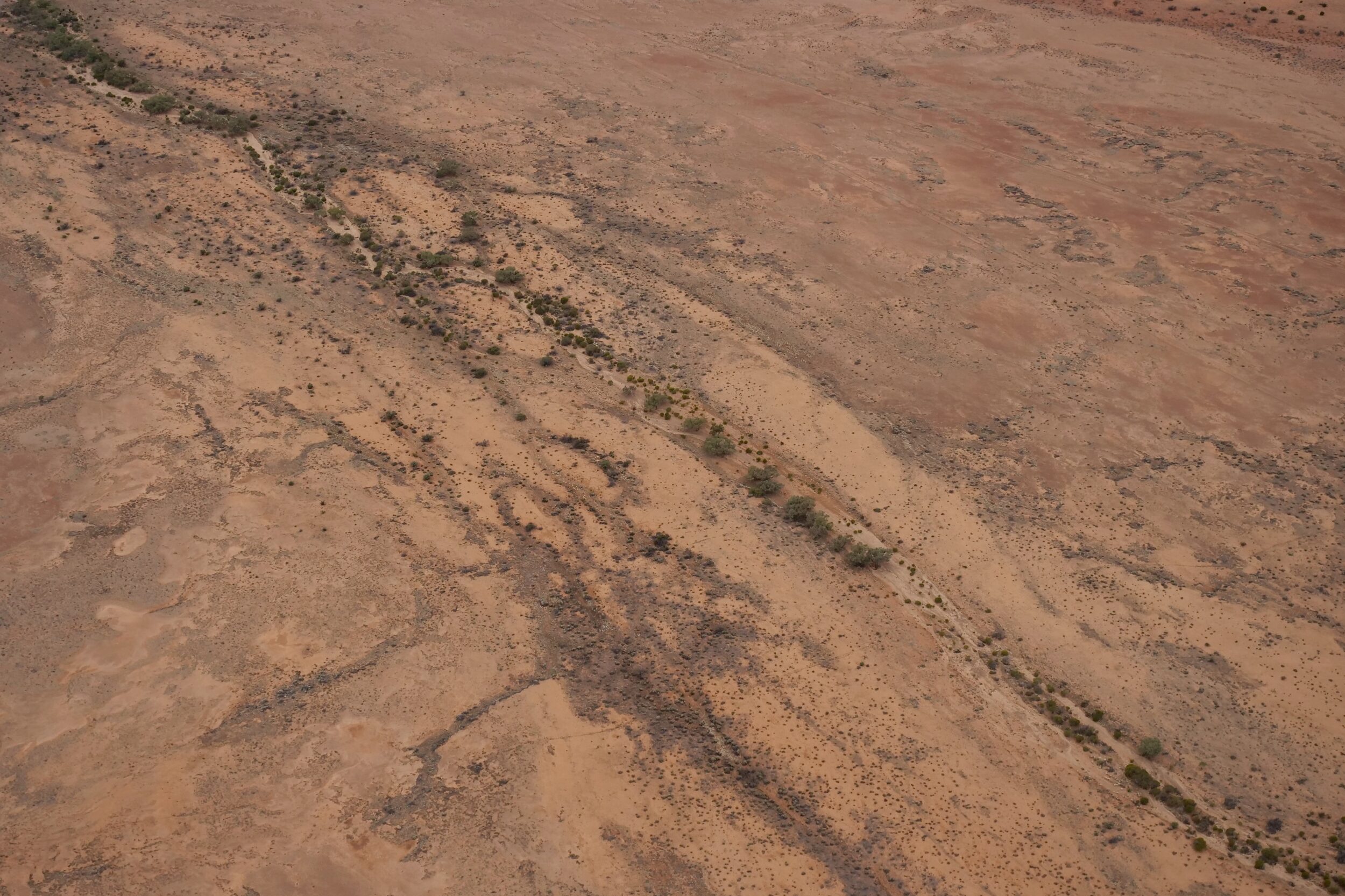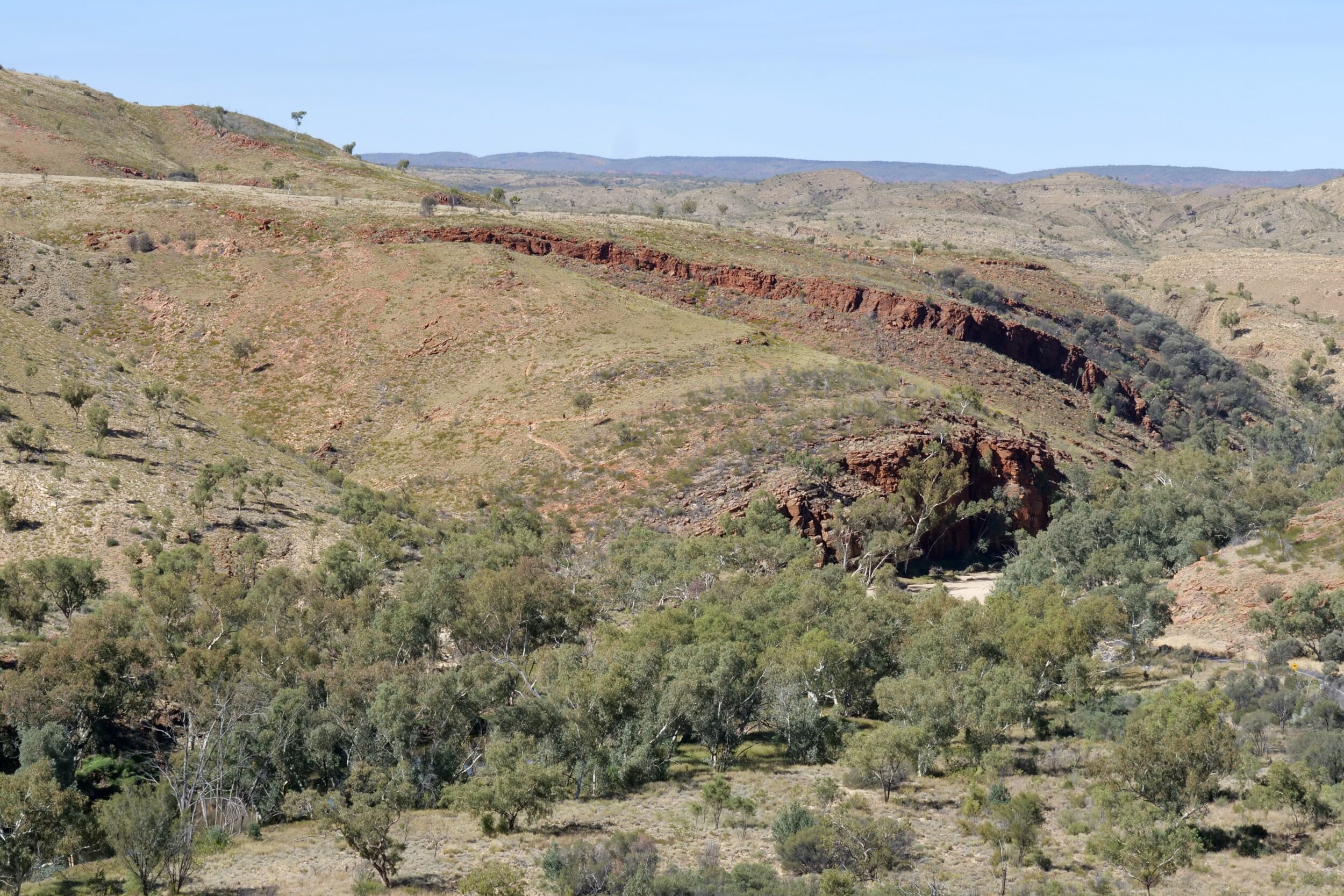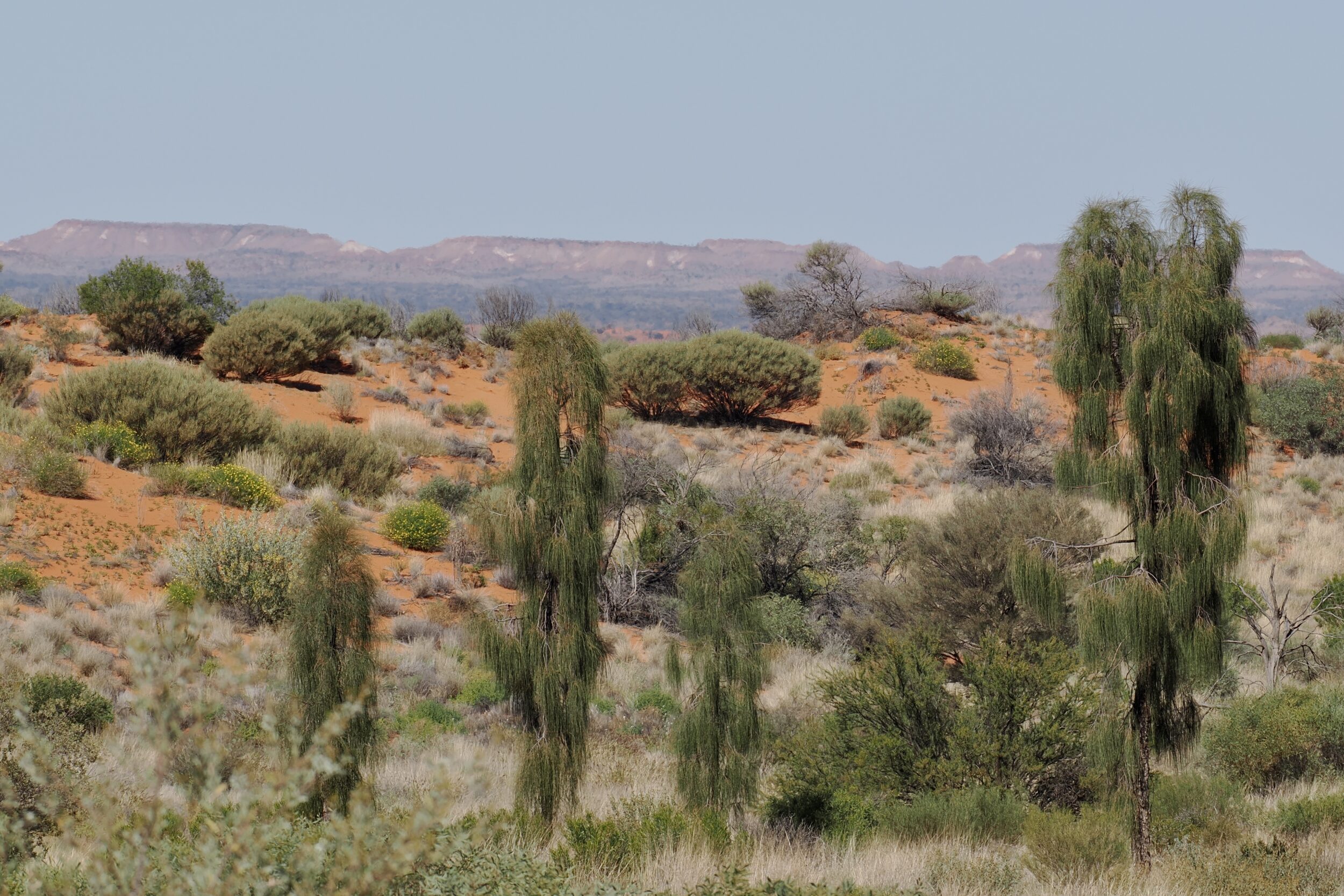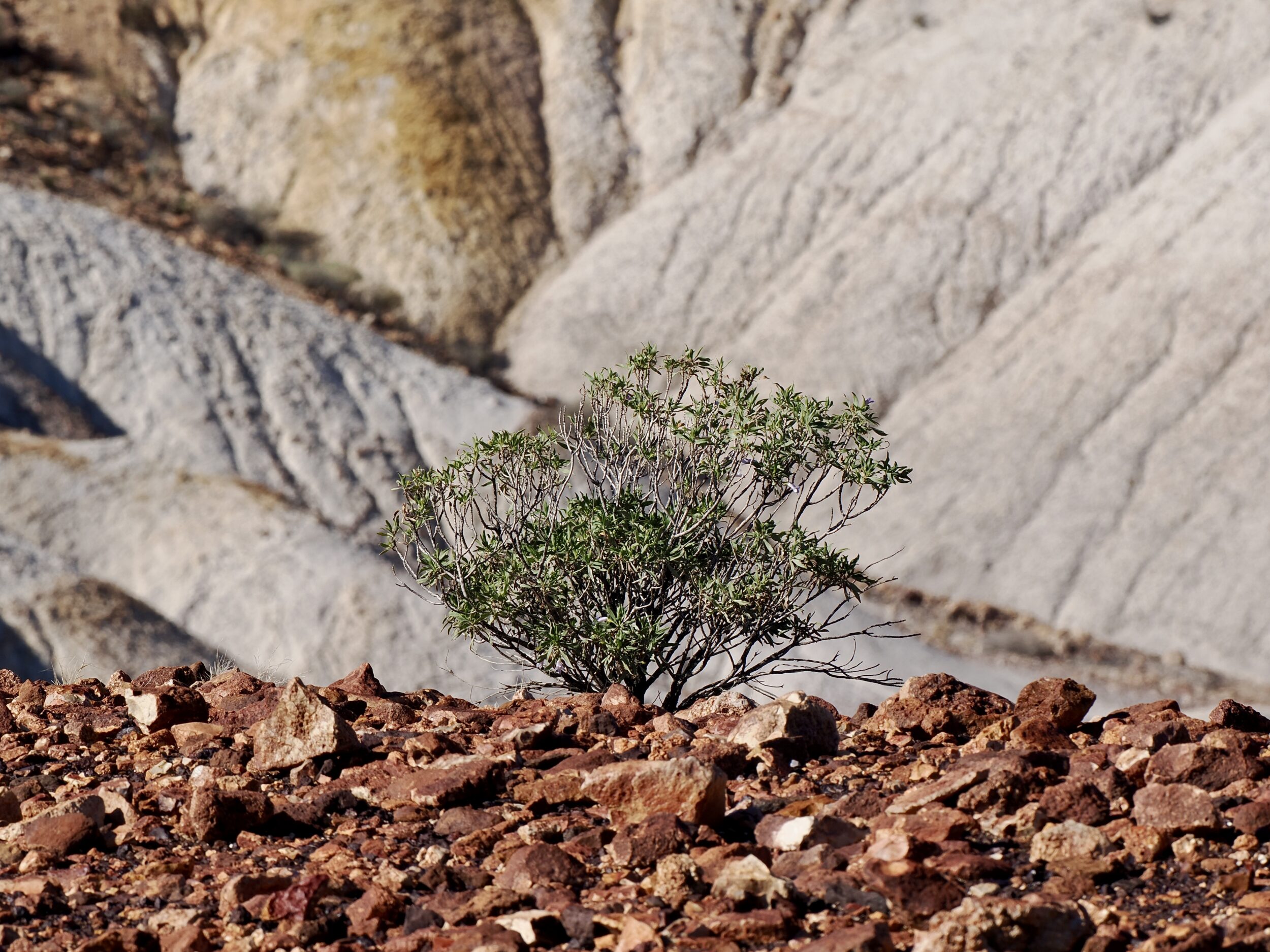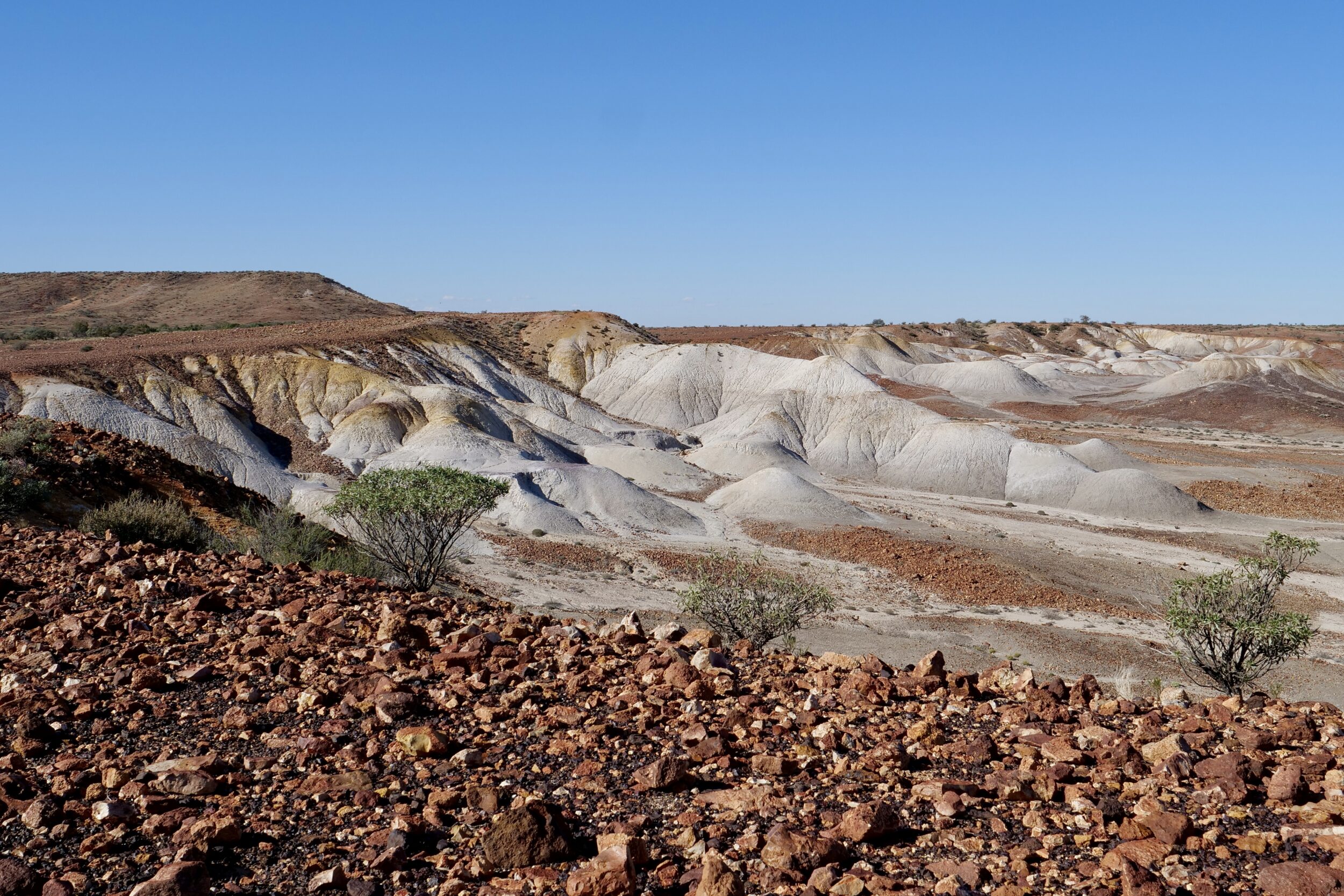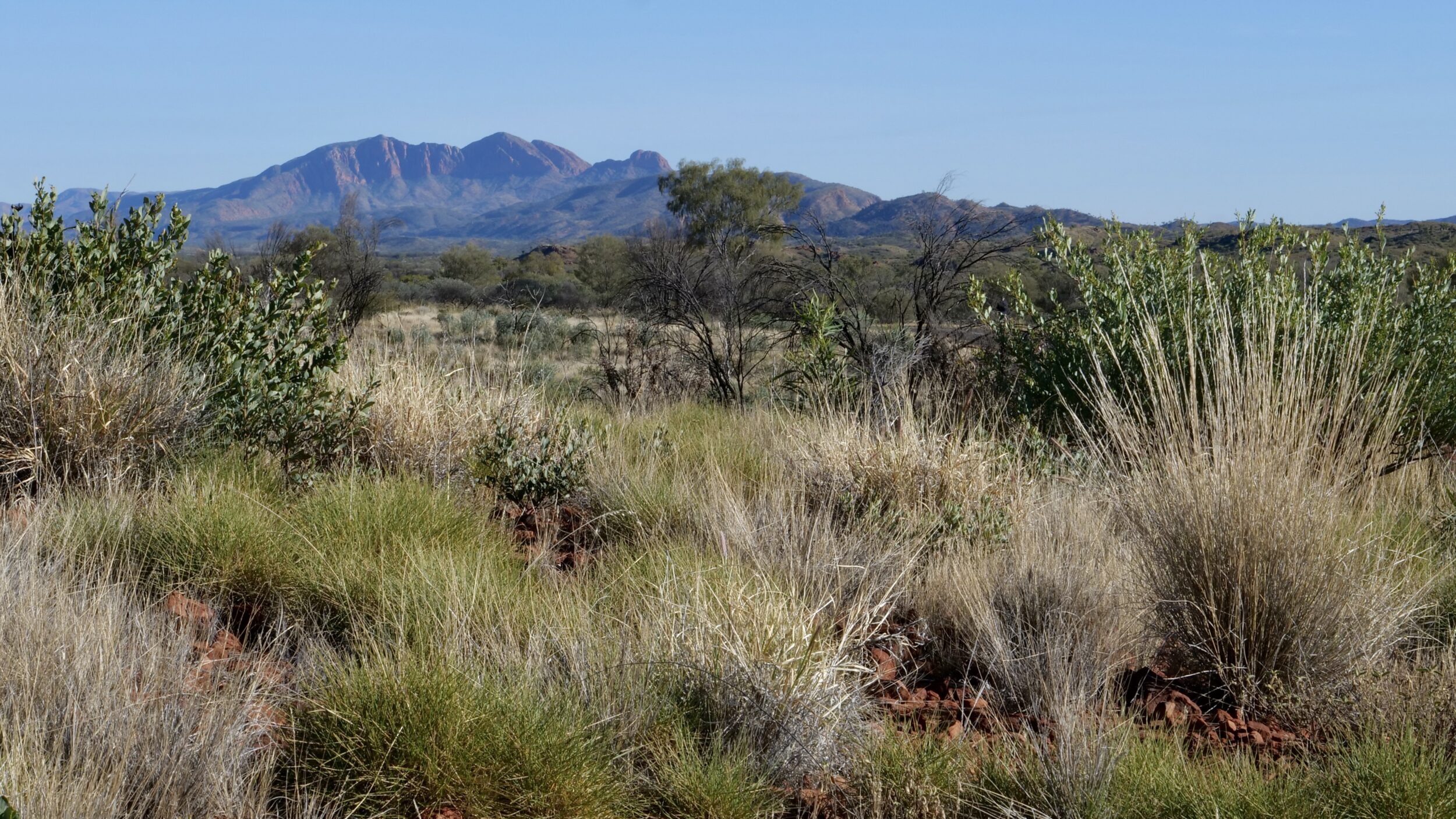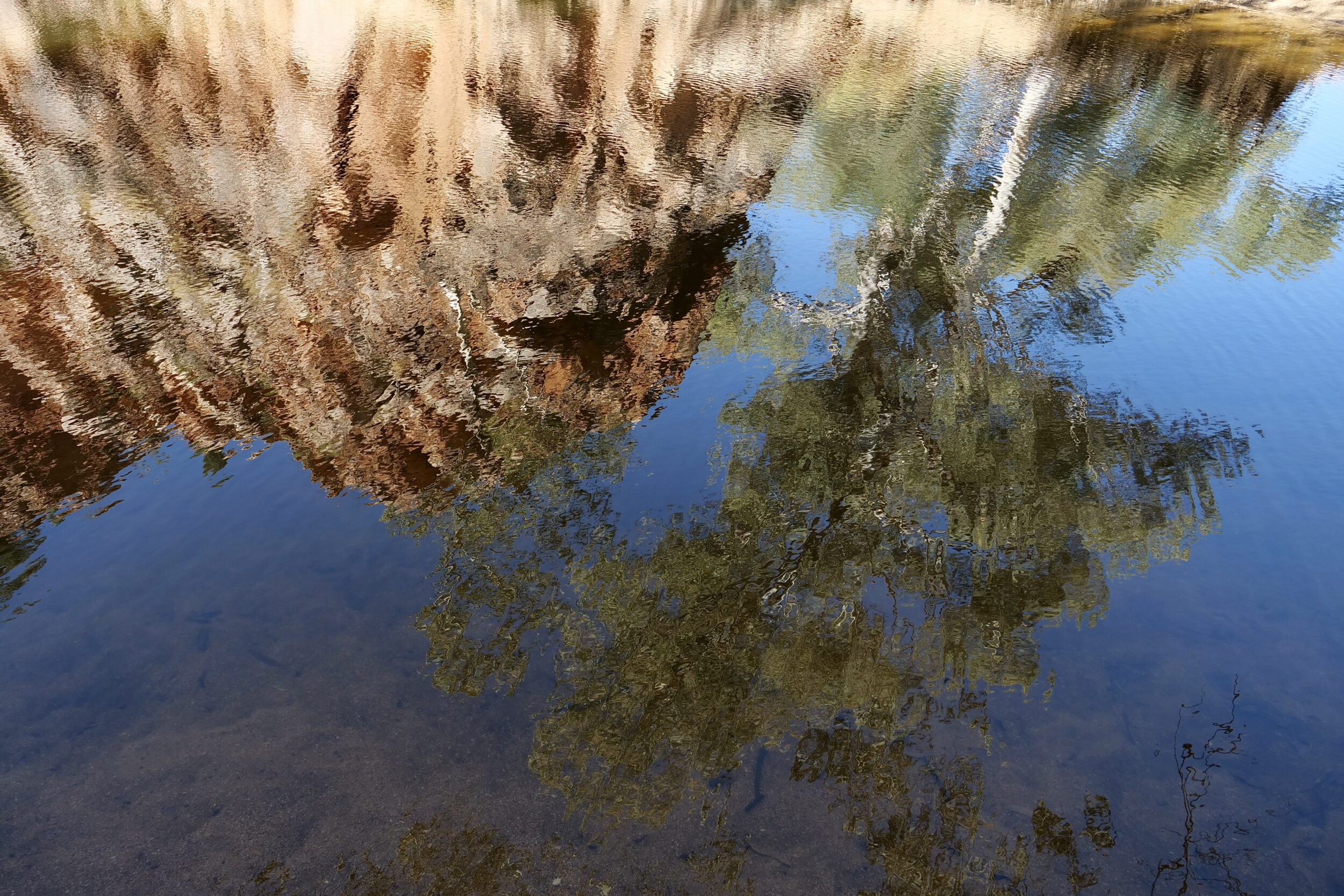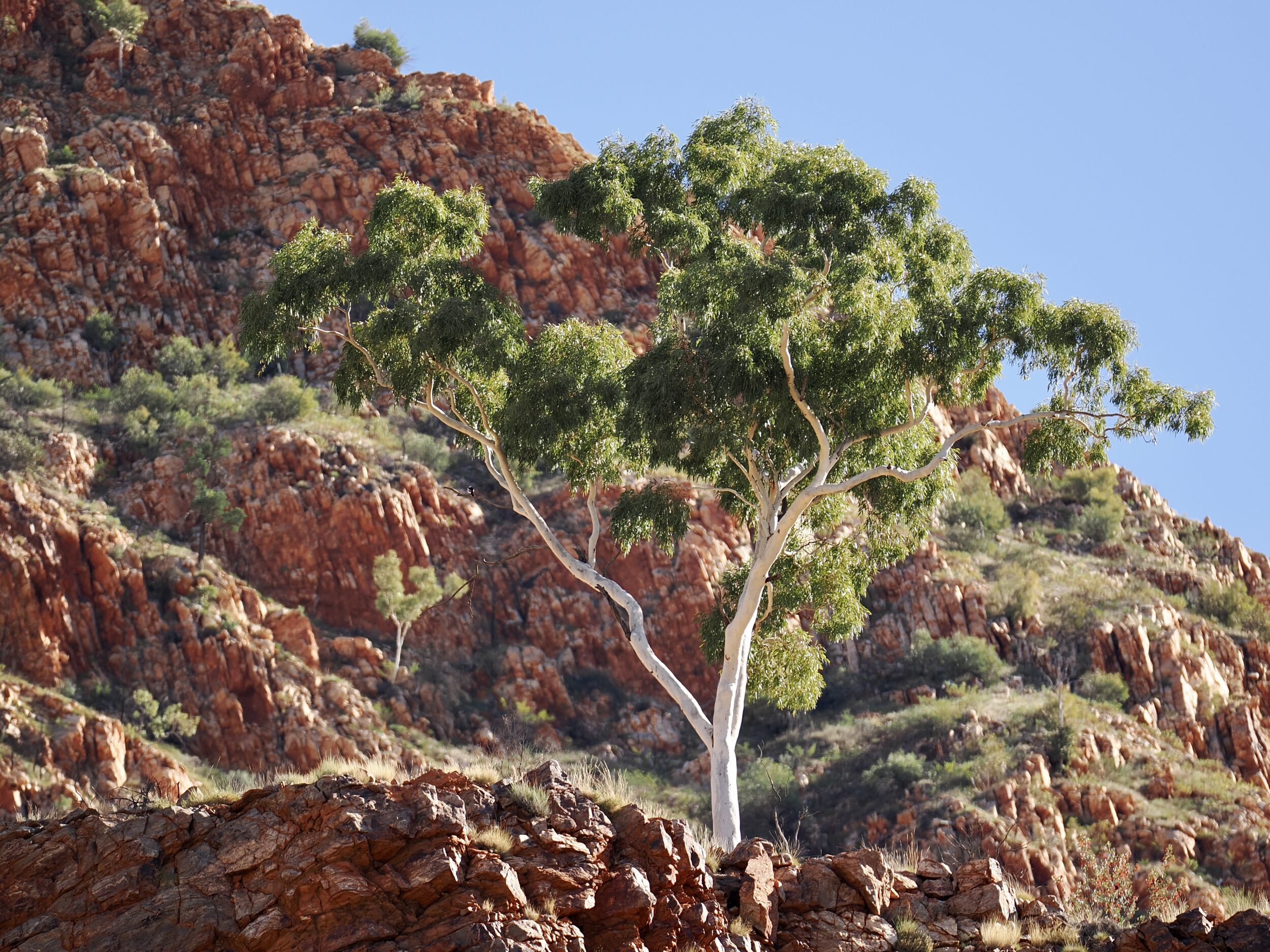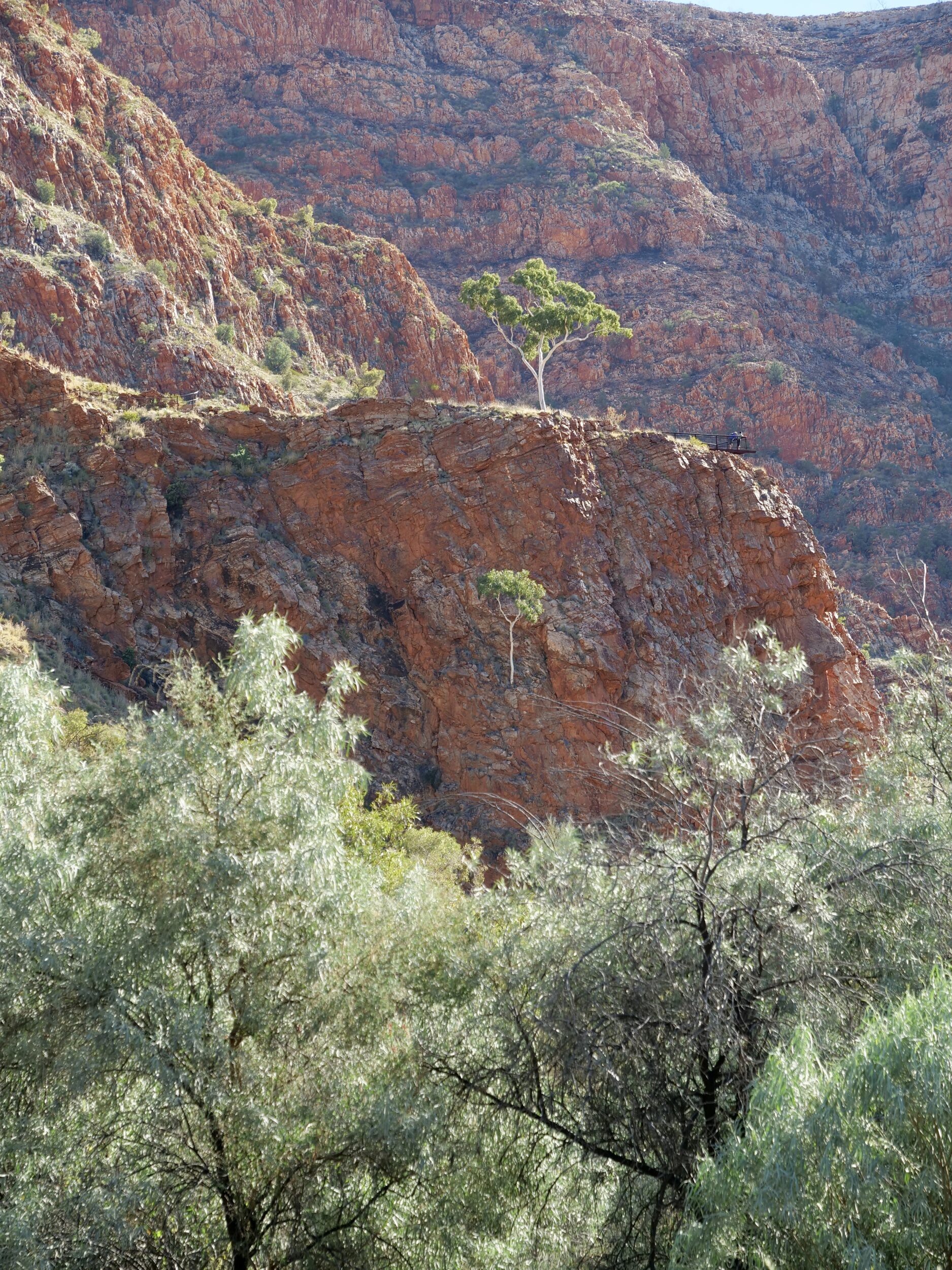Many millions of years before any words were spoken on “our” planet, it was already being “adorned”, “painted” and “sculpted” by the greatest of all “abstract artists”.
Relative to a human’s lifespan – or an empire’s or a civilisation’s – some of Nature’s creations are “permanent”.
Others are “ephemeral”, even fleeting.
Uluru is “permanent”, a crisp morning’s hoar frost is “fleeting”.
In an arid landscape, the interactions between sand, wind and water can produce particularly beautiful “abstracts”.
Most of these “artworks” are ephemeral or fleeting.
Comments closed